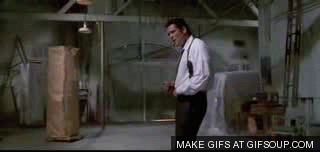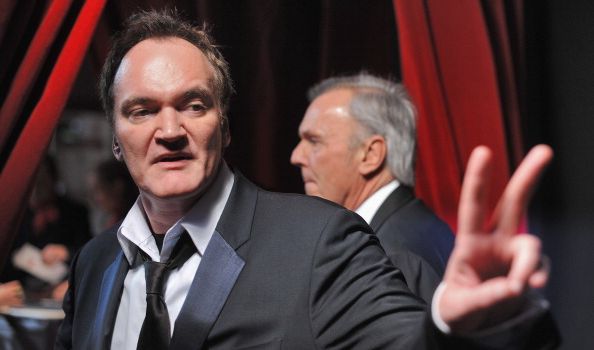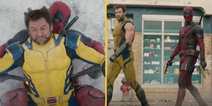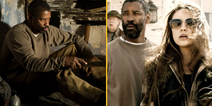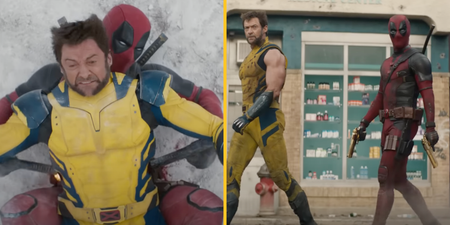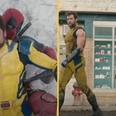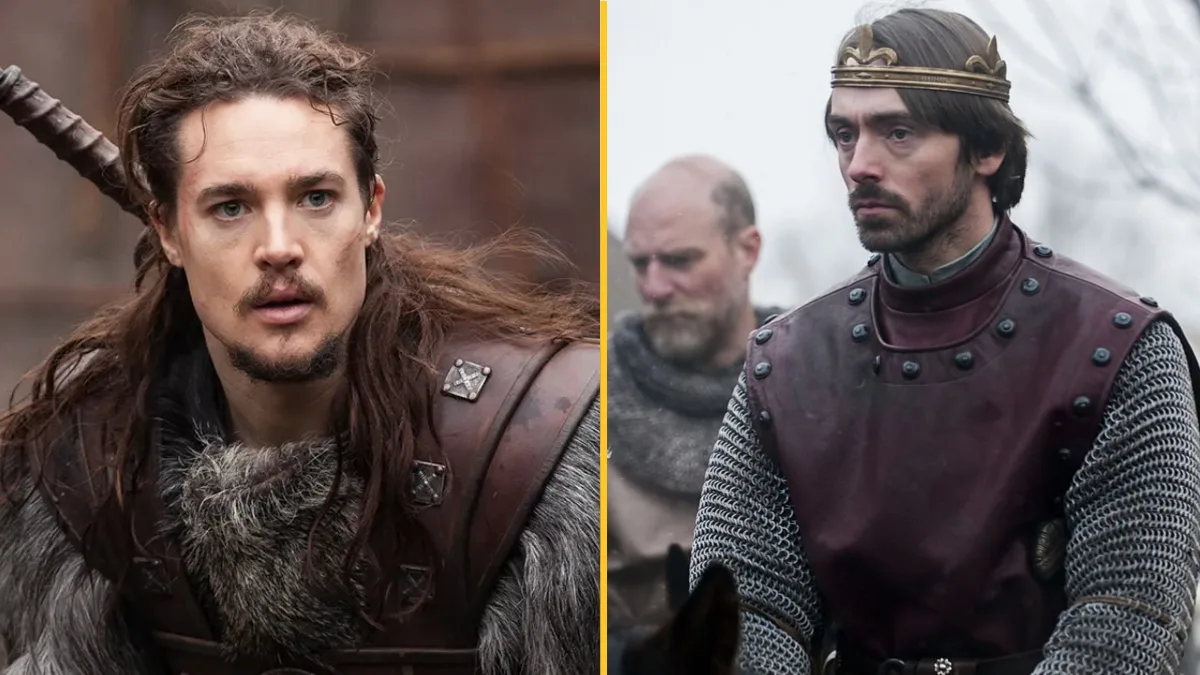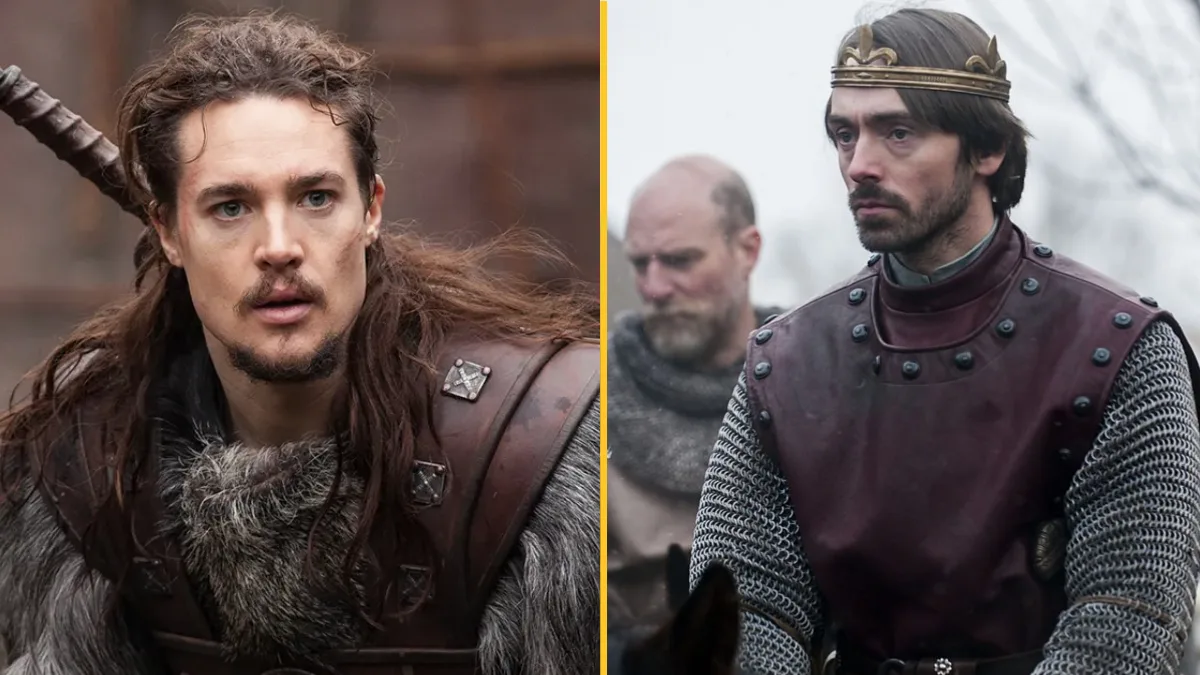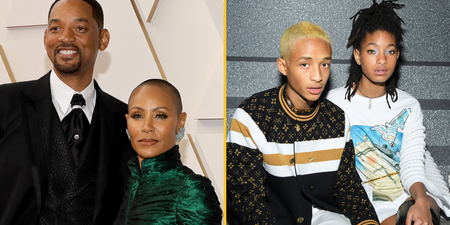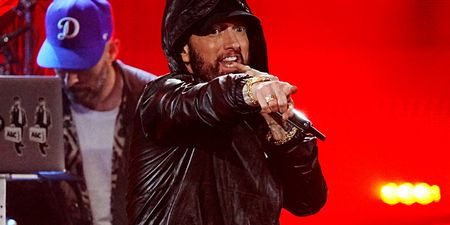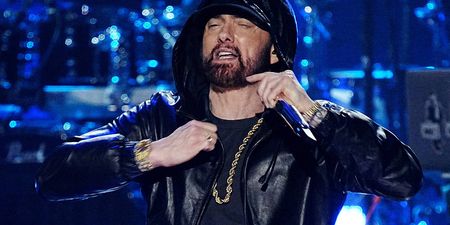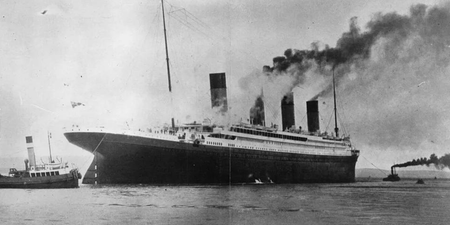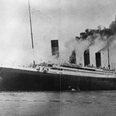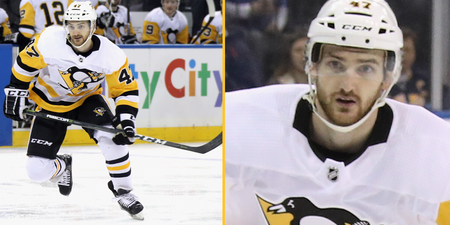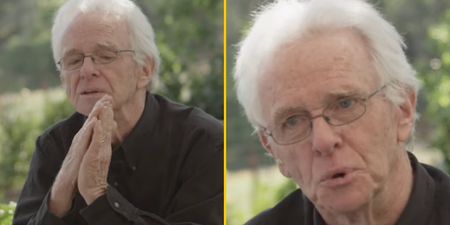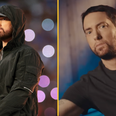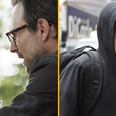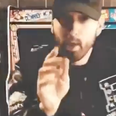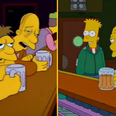It’s not as easy to cultivate star power from the other side of the camera…
But it’s fair to say Quentin Tarantino sits on that short list of directors who are as big a box office draw as just about any actor.
Of course, much of that has to do with the fact that every actor in Hollywood would give a limb to work with Tarantino, and usually that’s exactly what will happen to them once the cameras start rolling.
Each of Tarantino’s films wear his mark in their whip-crack dialogue, their unique stylisation and the finely-architected tension that only ever resolves itself one way: violence.
We’ve taken the liberty of ranking Tarantino’s eight feature films in a list that we’re sure you’ll disagree with every step of the way. We hope you enjoy it.
8. Death Proof
“Death Proof has got to be the worst movie I ever made. And for a left-handed movie, that wasn’t so bad, all right? — so if that’s the worst I ever get, I’m good.”
Tarantino is clear-eyed about the movie that is widely regarded as his least impressive. A high-octane, non-stop car chase of a film packed with enough energy to keep an adrenaline junkie off the roller-coasters for a month. What this film lacked that is so crucial to the rest of Tarantino’s work was the story.
In a rather un-Tarantino fashion, the director didn’t set aside that much time for developing his characters, instead hoping the audience would be sufficiently captivated by the immaculately choreographed car chases and a Rose McGowan lap-dance that takes up no less than 2.7% of the entire movie.
And while Tarantino loves an abrupt ending, Death Proof was a bigger record-scratch than most — ending on a scene that looked a lot like the moment you win a fight on Tekken 3.
7. Jackie Brown
Jackie Brown stands out as perhaps Tarantino’s most straightforward film — the least overtly “Tarantino.” The only one that could have conceivably been directed by somebody else.
First, because it’s not an adaptation of your dad’s favourite crime writer Elmore Leonard’s Rum Punch. Second, because many of the Tarantino hallmarks are missing. There’s violence, sure, but the only the level of violence you’d expect from your standard 16s film.
Pam Grier’s comeback performance is wonderful, but Sam Jackson’s Ordell could ever match the impression he made three years earlier in Pulp Fiction. The story is well put together and the performances are solid — Grier’s badassery in particular — but by and large this film lacks the bite that typifies Tarantino’s work.
6. Kill Bill Volumes 1 & 2
Kill Bill swapped out Tarantino’s signature gunplay for audible air-slicing martial arts and meticulously choreographed sword-fighting — though the sleek dialogue and badass characters remained abundant.
Kill Bill’s flaws were very intentionally built into its design, and form a big part of what make the movie so different from standard Western cinema. A prime example is The Bride’s sword-fight sequence against the Crazy 88 Yakuza gang, 88 samurai-swordsmen, each one about as efficacious as a Stormtrooper. She takes them all down in what is essentially a gorier take on the Power Rangers in a lengthy sequence that’s both fun and frivolous all at once.
While exquisitely choreographed, the martial arts magic realism is a bridge too far anyone who sets a tariff on just how much disbelief they are willing to suspend.
Of course, the intentionally unreal ultra-violence is no less entertaining and the silhouetted samurai sword-fight is one of the most visually tantalising scenes in modern cinema.
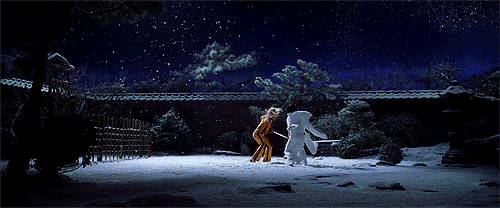
The second volume is set at a slower pace and delves further into the backstory of The Bride, building a resonance in the audience that certainly enriches the movie to the point that it is an unmissable part of Tarantino’s filmography.
The marriage of the very real relief The Bride feels finding the daughter she thought was lost, to the death-by-finger-touch violence that follows undeniably jars at least a little bit. It’s easy to become a bit befuddled by a movie where the emotion is played with wet-eyed sincerity, but the punches and karate chops come with sound effects.
There is indisputably more on offer in Kill Bill for film geeks than for the lay fan. By no means is it a bad movie, its quirky homages just overpower the simple telling of a story in such a way that it will always be easier to curl up on the couch with Django Unchained or Reservoir Dogs.
5. The Hateful Eight
The Hateful Eight opens with a steady stream of dialogue that lasts for 40 minutes, pretty much entirely set within the travelling carriage of John “The Hangman” Ruth (played by Kurt Russell). For such an opening to work, a movie requires eminently watchable actors and a captivating story-teller, and the team delivers in spades.
The Hateful Eight, compared to the four Tarantino films that preceded it chronologically, is easily the heaviest on exposition. One chapter even starts with a narrator (Tarantino himself) explaining a pivotal plot point that wasn’t shown on-screen in real time. No less than five minutes is spent devoted to Jennifer Jason Leigh’s character playing a folk-song on the guitar only for Kurt Russell’s gruff hangman to snatch the instrument from her and destroy it in a rage.
Hateful Eight is a movie with time to waste, in that sense, and Tarantino is willing to make the audience wait for him. The movie’s final chapters gather pace at a breakneck speed and, as in all Tarantino films, once one gun is discharged they all start firing like all hell’s broken loose. The latter stages of the film are a beautiful, bloody mess with no indication of whose going to come out on top. In true Greek tragedy fashion, nobody does.
The Hateful Eight also boasts Sam Jackson’s finest performance since Pulp Fiction, though his monologue about receiving fellatio from a Confederate soldier whom he left to freeze in the snow doesn’t quite compare to Pulp Fiction’s “inequities of the selfish and the tyranny of evil men,” let’s be honest.
4. Django Unchained
Tarantino took a risk with Django Unchained, casting leading men whom he’d never worked with before in Jamie Foxx and Leonardo DiCaprio. For a man who has a real penchant for playing favourites, it was a pretty bold move.
Tarantino was rewarded with what was arguably DiCaprio’s most intense performance to date, evoking such commitment from the actor that he cut his own hand open when smashing a drinking glass and went on to finish the scene, smearing his blood all over co-star Kerry Washington’s face in the progress.
A romantic folk-tale set in the wild, wild west in the time of slavery, Django Unchained was nothing if not ambitious — but masterful performances from DiCaprio, Waltz, Washington and leading man Jamie Foxx (is there anything he can’t do?) ensured that the movie was a certified classic.
We’ve also got Django Unchained to thank for the most awkward interview that Quentin Tarantino has ever been a part of — and it’s not as if there has been some kind of shortage.
3. Pulp Fiction
While Tarantino used non-linear order in Reservoir Dogs to tell one story, he took the device up a notch in Pulp Fiction, telling several stories at once, pulling threads from different spaces in time to weave together an unforgettable tapestry of cinema.
The story itself almost becomes secondary to the characters who live it, characters so powerful that the over-arching story of “the briefcase” and Butch’s fight almost become lost in the supremely compelling vignettes that unfold one-by-one.
From the dance-off at Jack Rabbit Slim’s, through the adrenaline shot to Mia Wallace’s heart, Harvey Keitel’s Winston Wolfe cleaning brains out of a muscle car, across Butch’s escape from Maynard and Zed, right down to Jules’ redemption while he holds Tim Roth’s character at gunpoint… If most movies are a novel then Pulp Fiction is a collection of short stories, each one as captivating as the last. In that sense, it might be the most bang for your buck you ever get in one movie.
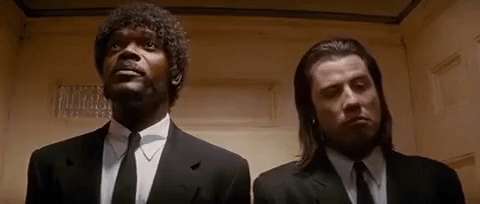
It would be a crime to ignore Samuel L. Jackson’s career performance here, equal parts Jackson’s own dramatic virtuosity and Tarantino’s magnificent writing. Jackson’s delivery of the “Ezekiel 25:17” monologue is so ensnaring that you’d better hope you never get any important news while that scene is on in the background or you’re very likely to forget to pick your son up from soccer practice or whatever it was you were supposed to do while you were transfixed by the prowess of Jackson.
2. Inglourious Basterds
Inglourious Basterds is a monument to Tarantino’s unique ability to devise a mosaic of original characters and allow them all to shine no matter how scarce their screen-time.
Lieutenant Aldo Rain, Donny “The Bear Jew” Donowitz, Shosanna Dreyfus, Major Dieter Hellstrom, Lieutenant Archie Hicox, Private First Class Fredrick Zoller and Joseph Goebbels are all riveting characters, each of them strutting onto the stage fully-formed in the audience’s mind with minutes of their introduction.
But particular praise must be reserved for the most spectacular performance of all. There is almost no movie in the history of cinema that would not be improved by the introduction of Colonel Hans Landa.
Christoph Waltz’s sinister, scheming Nazi genius commands every scene, ultimately masterminding the end of World War II. Unlike your typical Hollywood Nazi bad guy, Landa embodies the dispassionate calculation of the Holocaust. The character is constructed and executed perfectly, joining Julius and Mr. Blond among Tarantino’s most iconic creations.
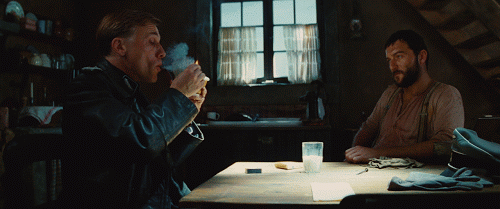
Some have argued that Basterds is marred by Tarantino’s simmering self-awareness which rears its head in the last scene when Brad Pitt’s Aldo Rain looks straight down the camera and says “I think this just might be my masterpiece.” Frankly, we would argue that Inglourious Basterds is such a spectacular revision of history a spectacle of cinema that the word masterpiece is entirely apt.
1. Reservoir Dogs
Before Tarantino was emancipating slaves, gunning down Hitler or putting lightbulbs into a briefcase — there was Reservoir Dogs.
The 1992 heist-gone-wrong story was Tarantino’s first feature-length film, studded with stars like Harvey Keitel, Tim Roth, Steve Buscemi and Michael Madsen all acting out of their skin.
The movie set the parameters for almost everything we’ve come to expect from Tarantino — philosophical musings on mundane topics like tipping and pop song lyrics, and gratuuuuuitous violence, stylistic choices such as explicitly dividing the film into chapters via title cards and, of course, a deliciously fraught Mexican stand-off that ends well for just about nobody.
Reservoir Dogs is a thoroughly human exploration of power, suited up men all vying for primacy all trapped within the confines of a safe-house while Mr. Orange bleeds out on the floor. In the Reservoir Dogs, we see different elements of humanity represented in each of the characters, all compressed by the pressure of power, wealth and violence.
Tarantino at his most stripped down, this is his finest work – relying almost solely on the quality of the writing, the passion of the cast and Stuck In The Middle With You by Steeler’s Wheel. A rare thing in modern cinema.
